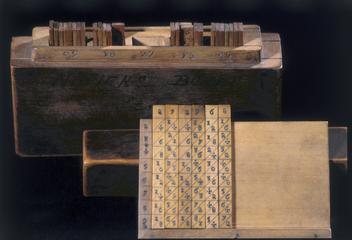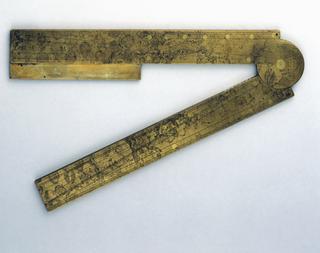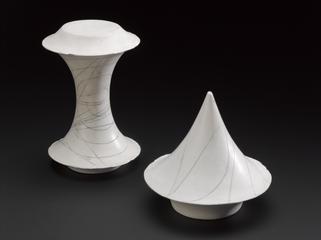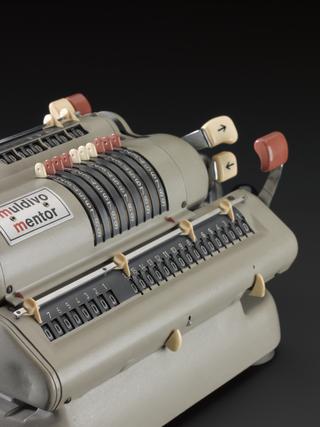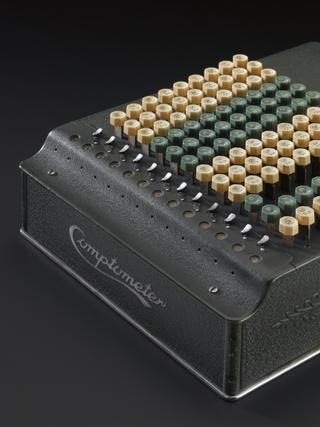Seventy six and one hundred and twenty four cardboard pieces shaped like and illustrated with a chicken, and an oblong card illustrated with a bird on one side and an amorphous shape on the other, designed by Professor Roger Penrose, United Kingdom, 1974-1980. The cardboard pieces tile the plane non-periodically.
While sitting in a hospital waiting room visiting a sick friend, Roger Penrose began ‘doodling’. He came up with two shapes – ‘kites’ and ‘darts’ – which could tile a plane, but non-periodically. Martin Gardner, a leading populariser of recreational maths, described this tiling, which became known as ‘Penrose’, in 1977. Starting with the division of a pentagon, Penrose ends up with two sorts of ‘chickens’. It has since been pointed out that some Islamic patterns contain this non-periodic tiling. About ten years after Penrose’s work it was discovered that metallic alloys had a similar ‘quasi-crystalline’ structure








